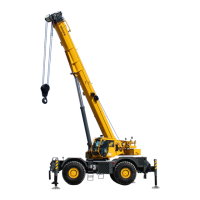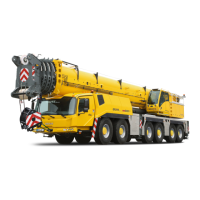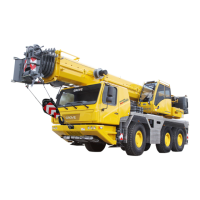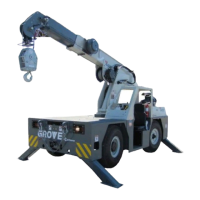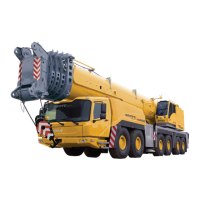Grove Published 01-29-2015, Control # 512-01 1-19
TMS700E SERVICE MANUAL INTRODUCTION
Installing 35x7 Class Wire Rope
1. Unload properly and relieve any twists. Pull the rope off
the shipping reel or unroll it from a shipping coil. (If done
improperly, you may kink the rope, which will result in
permanent damage to the rope.) Then lay the rope on
the ground in direct line with the boom. This helps
release any twist in the rope.
2. Attach rope’s end to drum. Pull the rope over the point
sheave and attach the end to the drum. Be sure not to
remove the welded end.
3. Wind rope onto drum slowly and carefully. At this point, it
isn’t necessary to provide additional load other than the
weight of the rope being pulled across the ground.
4. Spool first layer tightly. It is essential on smooth-faced
drums that the first layer is spooled with wraps tight and
close together since the first layer forms the foundation
for succeeding layers. If need be, use a rubber, lead or
brass mallet (but never a steel hammer) to tap the rope
in place.
5. Spool multiple layers with sufficient tension. It’s very
important to apply a tensioning load to the ropes during
the rope breaking-in process. (If not, the lower layers
may be loose enough that the upper layers become
wedged into the lower layers under load, which can
seriously damage the rope.) The tensioning load should
range from 1 to 2% of the rope’s minimum breaking
force.
6. For ropes in multi-part systems: Reeve the traveling
block and boom tip sheaves so the rope spacing is
maximized and the traveling (hook) block hangs straight
and level to help assure block stability.
7. Breaking in your new 35x7 class wire rope: After
installation, you should properly break in your rope,
which allows the rope’s component parts to adjust
themselves to your operating conditions.
With the boom fully raised and fully extended, attach a
light load at the hook and raise it a few inches off the
ground. Allow to stand for several minutes. Then cycle
the load between the full “up” and “down” positions
several times. Stand back and watch the drum winding
and rope travel for any potential problems.
After making the lifts with a light load, increase the load
and cycle it up and down a few times. This procedure will
train the rope and help assure smooth operation during
its useful life.
Ideally, you should run these loads with reeving that lets
you place the loads on the block with all rope off the
drum except the last three wraps. If this is not possible,
alternate methods must be used to assure proper
tensioning of the rope on the drum.
Procedures for Cutting and Preparing 35x7
Class Wire Rope
35x7 class wire rope is a special wire rope that must be
handled differently than any other rope. One characteristic
CAUTION
Any cutting of this specific wire rope is not recommended.
If 35x7 class wire rope must be cut for any reason, it is
necessary to follow the attached instructions. Also, unlike
other types of wire rope, the ends on this wire rope must
be welded.
NONPREFORMED
BEFORE CUTTING
6 ROPE
DIAM.
PREFORMED
BEFORE CUTTING
AFTER CUTTING
FIGURE 1-6
AFTER CUTTING
Reference Only
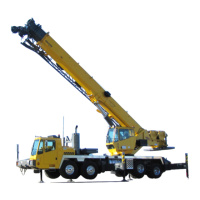
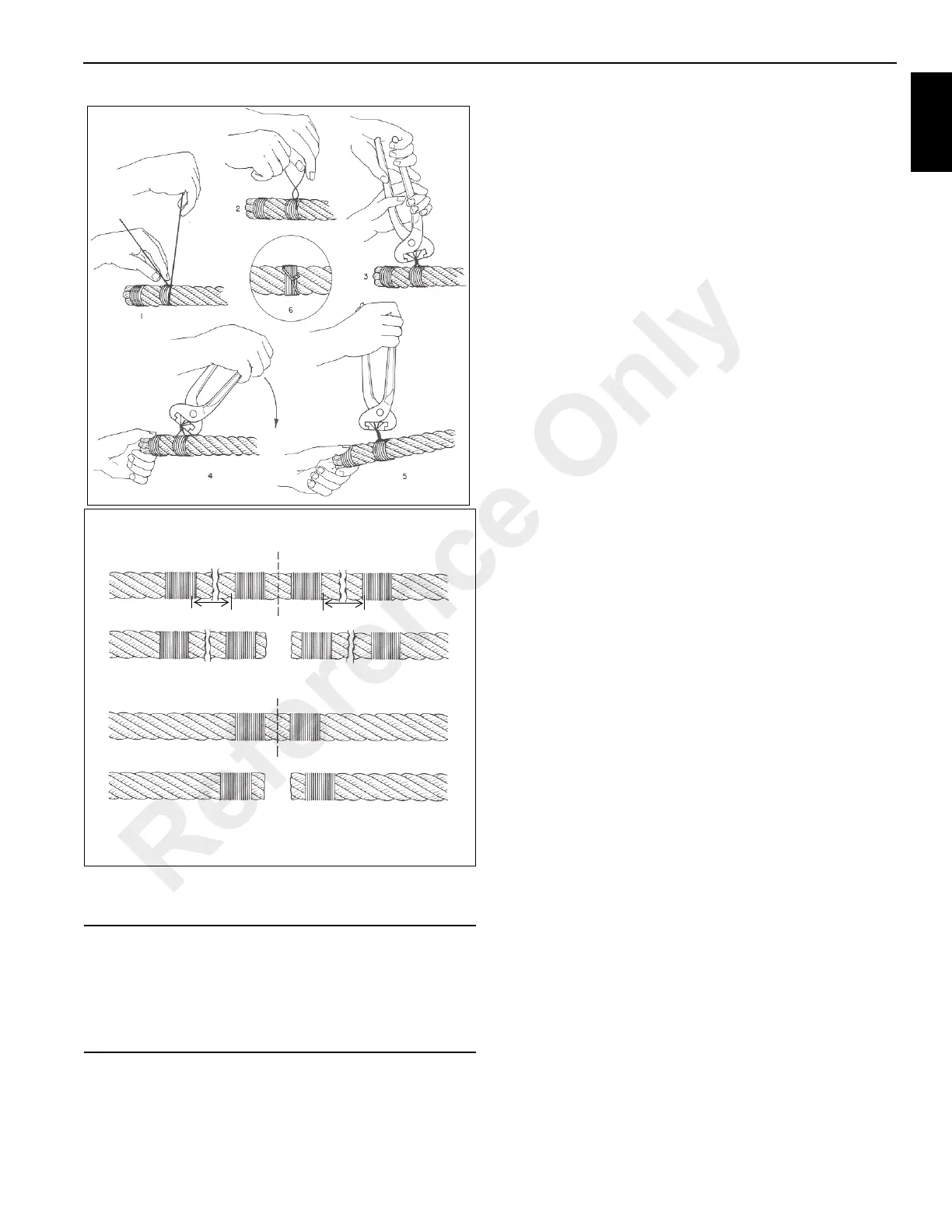